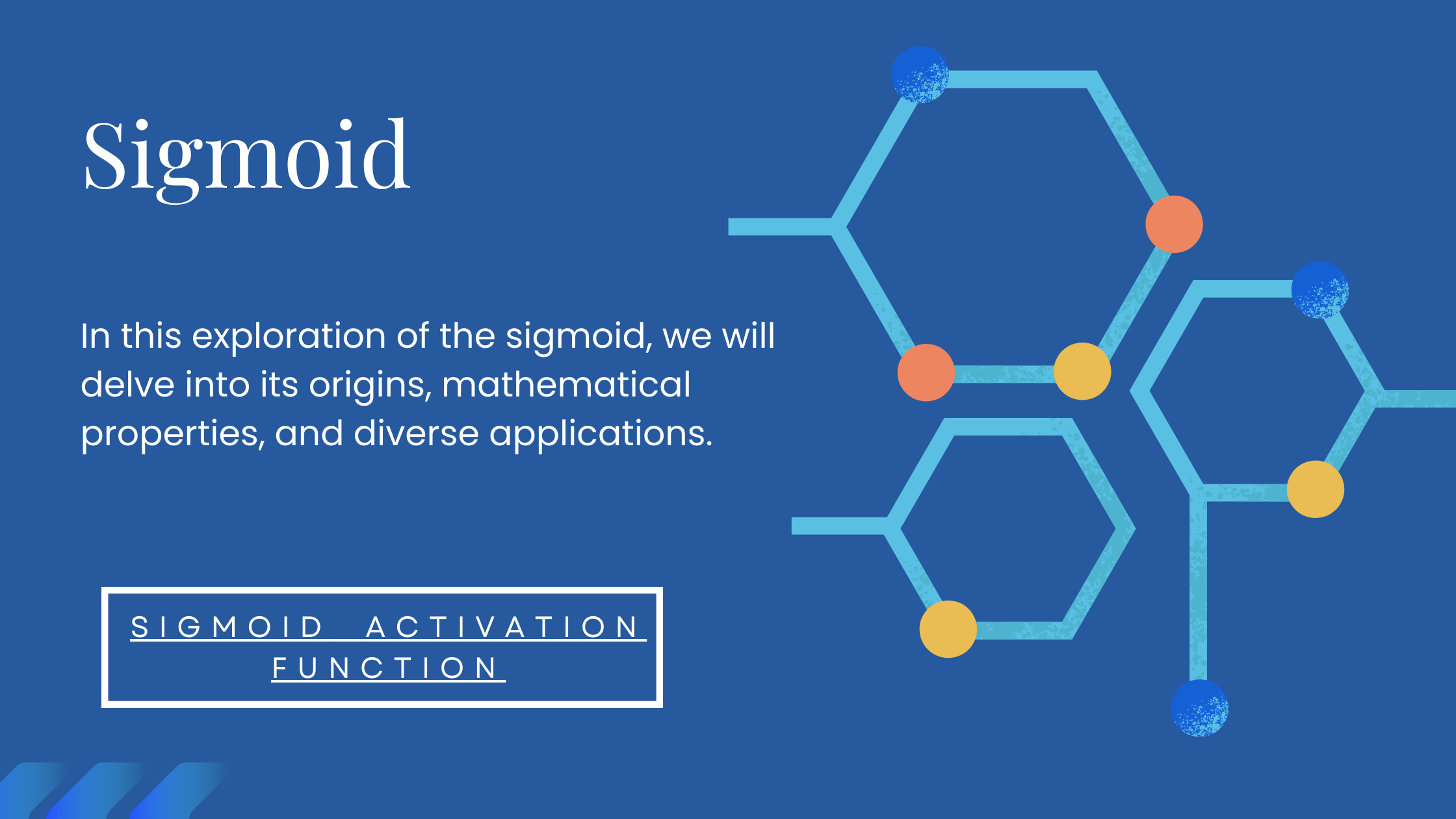In the realm of machine learning, where algorithms strive to learn from data and make predictions, the concept of “loss functions” stands as a critical cornerstone. These unassuming mathematical constructs wield a profound influence on the training and performance of machine learning models, serving as the compass that guides our algorithms toward optimal solutions. In this introduction, we embark on a journey into the world of loss functions, unraveling their significance, forms, and real-world implications.
However, loss functions are not merely abstract mathematical tools; they have real-world consequences. They influence the robustness, accuracy, and generalization capabilities of machine learning models. A well-chosen loss function can make the difference between a model that excels in its intended task and one that falters in the face of uncertainty.
Throughout this exploration of loss function in machine learning, we will delve into various types of loss functions, dissect their mathematical underpinnings, and showcase their practical relevance in different applications. Whether you are a data scientist, machine learning practitioner, or simply curious about the inner workings of intelligent systems, understanding loss functions is a key step toward mastering the art of machine learning.
Join us as we unravel the role of loss functions in the quest for intelligent algorithms, where each loss incurred brings us closer to the ultimate gain: the ability to transform data into knowledge, and knowledge into informed decisions.
At the heart of machine learning lies a fundamental challenge: teaching algorithms to discern patterns, relationships, and insights within data. The effectiveness of this endeavor hinges on the ability to quantify how well a model’s predictions align with actual observations. This is where loss functions come into play. They provide a systematic means to measure the discrepancy, or “loss,” between a model’s predictions and the ground truth.
Loss functions come in a multitude of forms, each tailored to specific machine-learning tasks and objectives. From simple mean squared error for regression problems to categorical cross-entropy for classification tasks, these functions encapsulate the essence of what it means for a model to succeed or falter. By optimizing the parameters of a model to minimize this loss, we enable it to generalize from training data to make accurate predictions on unseen examples.
What exactly is a “loss function” that everyone keeps throwing around?
In this sense, a loss function can be seen as a quantitative evaluation of the accuracy with which an algorithm represents data.
In discussions of optimization strategies, the “objective function” serves as an evaluation function. The information at hand allows us to choose between optimizing the goal function to achieve the highest possible score (maximization) or achieving the lowest possible score (minimization). One of these is within our capabilities.
The objective function is often referred to in deep learning neural networks as a cost function or loss function, and its value is often referred to as the “loss.” Many deep-learning neural networks strive to get the lowest possible error value.
The loss function and the cost function are more dissimilar than the two others. What degree of resemblance exists between loss and cost functions?
When comparing the loss function to the cost function, there is a nuance that is essential to remember.
When there is only one sample for training purposes, Deep Learning employs a Loss Function. It’s also known as the “error function” in some instances. A more precise estimate of the cost function is the typical loss sustained during training.
Now that we understand what a loss function is and why it’s helpful, we can start to learn when and when to employ it.
Many different types of monetary losses are possible.
Deep Learning loss functions can be roughly categorized into these three groups.
Roles that Poverty Plays in the Cycle of Poverty and Regression
Analysis of Partial Losses using a modified root-mean-square
The coefficient of variation (CV) is calculated by dividing the natural logarithm of the error by the square root of the mean error.
To what extent does one need a “margin of error”? Deviations from L1 and L2
The Unexpected Consequences of Huber Pseudo-Hubert’s Declining Influence
Statistical Loss Functions for Binary Classifications
The square of the binary cross-entropy and the hinge loss is the unit of measurement for this quantity.
Multiclassification loss functions
Multiple Classes Exhibit Cross-Class Entropy Loss
For some classes, cross-entropy loss occurs at low entropy densities.
Reduction in the Kullback-Leibler Divergence
Functions of loss for the classification of two-stage systems
Objects is arbitrarily placed into one of two categories in binary classification. This sorting is achieved by applying a rule to the input feature vector. The topic line suggests that predicting whether or not it will rain today is an example of a binary classification problem. Let’s check out a wide variety of effective Deep Learning Loss Functions that can be applied to this issue.
The hinge is damaged and will not close properly.
The aforementioned examples demonstrate the significance of hinge loss in situations in which the real truth is unknown but it is anticipated that y will equal wx plus b.
The definition of “hinge loss” according to the Support Vector Machine (SVM) classifier.
The hinge loss is a helpful loss function to utilise while performing classification jobs in machine learning. The hinge loss is utilised by support vector machines (SVMs) in order to do maximum-margin classification. [1]
The hinge loss of a prediction is defined as follows when a target output of t = 1 and a classifier score of y are provided.
In other words, the loss will be reduced in proportion to the degree to which y approaches t.
The value of cross entropy is -ve.
Cross entropy can be used to characterize loss functions, which is useful when discussing machine learning and optimization. The true probability, denoted by the notation p IP I, and the anticipated value, denoted by the notation q iq I, are both shown. Many terms can be used interchangeably with “cross-entropy loss,” although “log loss,” “logarithmic loss,” and “logistic loss” are the most frequent. [3]
A binary regression is a sort of regression model that divides data into two categories (often “display style 0” and “display style 1”). The model will spit out a probability for any given set of observations and feature vectors. The logistic function is applied in the field of logistic regression.
Negative Cross-Entropy of a Sigmoid Disc
If the value being predicted is a probability, then this cross-entropy loss becomes significant. To calculate your score, multiply x by w and add b. You can reduce the sigmoid function’s sensitivity by increasing this value from its default of 0 to 1.
Since the sigmoid function smooths out the values far from the label loss increase, the anticipated value of the sigmoid will be substantially smaller in the second case if you enter 0.1 and 0.01 instead of 0.1, 0.01, and then enter.
Conclusion
Last but not least, the concept of loss functions is essential to machine learning since they makes both the training and evaluation of models easier. They are an essential component of the process of optimization and assist loss in machine learning models in achieving accurate and efficient loss functions, which is vital for a variety of applications across many different domains.
















